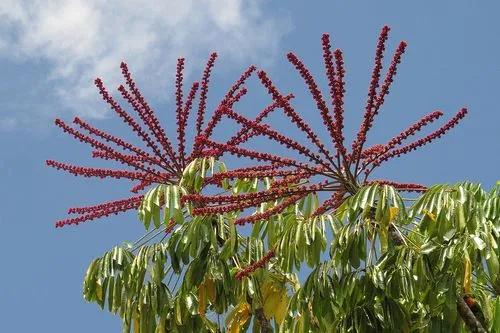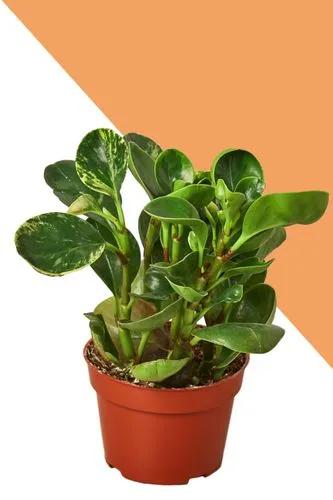Hailing from Southeast Asia, this popular elephant's ear (Alocasia x amazonica, part of the Alocasia genus) is sometimes called African mask. It's a hybrid that makes a striking and beautiful houseplant and is typically sold as such. It is defined by its deep green leaves accentuated by whitish or light green veins. The leaves are roughly serrated, and in some cases, the leaf color appears as an almost purple-green. Leaf shapes range from wide hearts to slim arrowheads, with textures from slick and glossy to thick and waxy. It is a fleshy evergreen that grows from underground corms.
Amazon Elephant's Ear Care
Alocasia X Amazonica



How to Care for the Plant

Water

Keep the soil moist but remember that these plants do not like wet feet. If possible, water in the morning (so they are dry overnight) and from below, at the root zone, to keep the leaves from getting too wet. This plant needs a rest period in winter when you should allow the soil to become almost dry between waterings, and stop fertilizing. If it dries completely it may go dormant, in which case you may be able to dig up the corm and save it until you can keep it in warmer temperatures.

Fertilizer

Amazon elephant's ear tends to be a heavy feeder during its growing period and will respond well to applications of diluted balanced fertilizer. Starting in spring, feed the plant every two weeks. Stop the end of August, then start the cycle again at the beginning of the next spring. Occasionally, the leaves will yellow; if this happens, try adding fertilizer with micronutrients, or sprinkle Epsom salts around the base of the plant once a month.

Sunlight

These plants require bright, indirect light. They can survive in 80-percent shade but prefer about 60-percent shade. Do not expose them to strong, direct sunlight.

Soil

This plant prefers a fast-draining, well-aerated potting soil. An organic, loose soil that contains a good amount of peat moss is ideal. If the soil is heavy, lighten it with some builder's sand or perlite.

Temperature

Being a tropical plant, Amazon elephant's ear will go dormant or die if exposed to cold. It likes to be in a climate similar to its native Southeast Asia: a temperature between 65 and 75 F and above-average humidity is ideal. You may need to raise the humidity levels in a room artificially by placing the plant in a humidity tray with pebbles or use a humidifier.

Container

When growing elephant's ears in pots, choose a stable container with ample room to support the plant's growth. Alocasias look great in mixed containers, with other foliage plants and flowering annuals that like filtered sunlight and moist soil. The larger varieties add drama to a big pot.

Additional

Elephant's ear is a poisonous houseplant and should be kept away from children and pets that may eat or bite at the plant.

Popularity

108 people already have this plant 57 people have added this plant to their wishlists
Discover more plants with the list below
Popular articles






